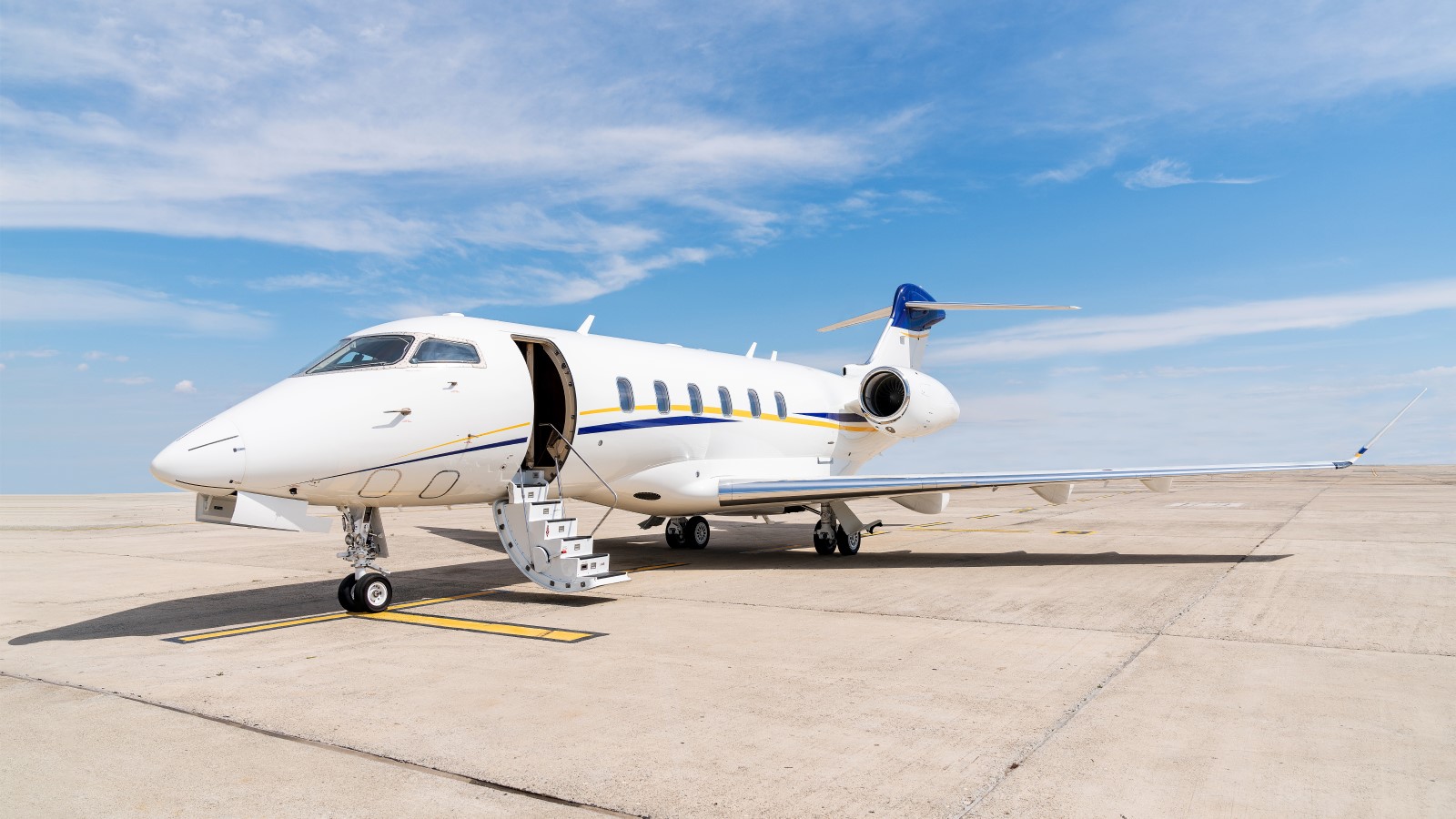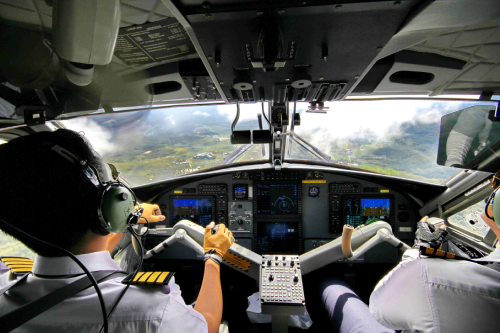1. Introduction to Becoming a Private Airline Operator
Starting a private airline is a complex yet rewarding venture that requires careful planning and adherence to strict regulations. This guide will provide an overview of the key steps and considerations involved in becoming a private airline operator.
1.1. Understanding the Regulatory Environment
Before embarking on this journey, it is crucial to familiarize yourself with the regulatory framework governing commercial aviation. This includes obtaining necessary licenses, permits, and certifications from aviation authorities.
1.2. Developing a Business Plan
A solid business plan is essential for the success of your private airline operation. This should include details on your target market, competitive analysis, operating costs, revenue projections, and marketing strategies.
1.3. Acquiring Aircraft and Equipment
Choosing the right aircraft and equipment is paramount to the efficiency and safety of your airline operation. Consider factors such as range, capacity, fuel efficiency, maintenance costs, and technological advancements.
1.4. Hiring and Training Staff
Recruiting and training qualified staff is crucial for maintaining the highest standards of service and safety. This includes pilots, cabin crew, maintenance technicians, and ground staff.

2. Legal Requirements and Regulations
Registration Process
To establish a private airline, you must first register with the appropriate regulatory authorities. Contact the aviation regulatory body in your country to obtain the necessary forms and information.
Licensing
Obtain the required licenses to operate a private airline. This usually includes an Air Operator Certificate (AOC) and obtaining specific permits for the type of flights you intend to operate.
Compliance with Safety Standards
Ensure that your private airline meets all safety standards set by the aviation regulatory body. This includes proper maintenance of aircraft, training for staff, and compliance with safety protocols.
Insurance
Secure adequate insurance coverage for your private airline, covering liabilities, aircraft, passengers, and third-party damages.
Financial Requirements
Provide proof of financial stability and resources to operate a private airline. This may include demonstrating access to funding, capital investment, and financial forecasts.
Other Regulatory Considerations
- Compliance with environmental regulations
- Adherence to labor laws and regulations
- Security regulations for airline operations

3. Fleet Acquisition and Maintenance
Acquiring and maintaining a fleet of aircraft is a critical aspect of establishing a private airline. Here are some key points to consider:
Fleet Planning
Develop a comprehensive fleet plan that aligns with your business goals and operational needs. Consider factors such as route network, passenger capacity, and fleet diversity.
Aircraft Acquisition
Research and evaluate different aircraft models based on performance, cost, and operational efficiency. Negotiate with manufacturers or leasing companies to acquire new or used aircraft that meet your requirements.
Maintenance Operations
Establish a robust maintenance program to ensure the airworthiness and safety of your fleet. Maintain compliance with regulatory standards and perform regular inspections and repairs.
Supplier Relationships
Build strong relationships with aircraft manufacturers, maintenance providers, and parts suppliers to ensure timely support and cost-effective solutions for your fleet.
Technology Integration
Utilize advanced technology systems for aircraft maintenance scheduling, performance monitoring, and inventory management to streamline operations and reduce downtime.

4. Staffing and Training
Recruitment Process
1. Identify Job Roles: Define the specific roles needed for your private airline, such as pilots, flight attendants, maintenance crew, etc.
2. Job Posting: Advertise job openings through various channels such as online job portals, industry forums, and social media.
3. Screening Candidates: Review resumes, conduct interviews, and assess candidates based on their qualifications and experience.
Training Programs
1. Initial Training: Provide comprehensive training to new hires on safety procedures, emergency protocols, customer service, and technical skills.
2. Ongoing Education: Offer continuous learning opportunities to staff to keep them updated on industry trends, regulations, and best practices.
3. Simulator Training: Simulate real-flight scenarios to train pilots and cabin crew on handling emergencies and challenging situations.

5. Marketing and Operations Strategy
When starting a private airline, it is crucial to establish a comprehensive marketing and operations strategy to ensure the success of the business. Below are key considerations for creating an effective plan:
Marketing Strategy
- Identify Target Market: Conduct market research to identify the target audience for the airline services.
- Brand Positioning: Develop a unique value proposition that differentiates the airline from competitors.
- Marketing Channels: Utilize a mix of traditional and digital marketing channels to reach potential customers.
- Promotional Campaigns: Create targeted marketing campaigns to generate brand awareness and attract new customers.
Operations Strategy
- Fleet Planning: Determine the types and sizes of aircraft needed to meet demand and operational requirements.
- Route Planning: Analyze potential routes based on passenger demand, competition, and profitability.
- Quality Service: Maintain high standards of customer service to ensure passenger satisfaction and loyalty.
- Cost Efficiency: Implement cost-effective practices in operations to maximize profitability.

